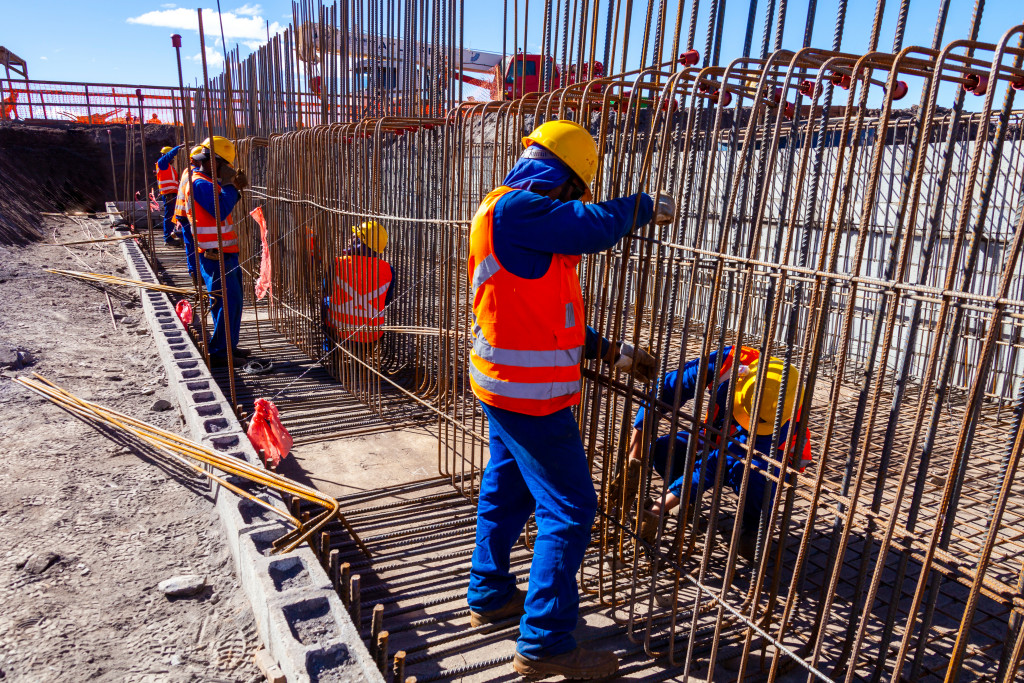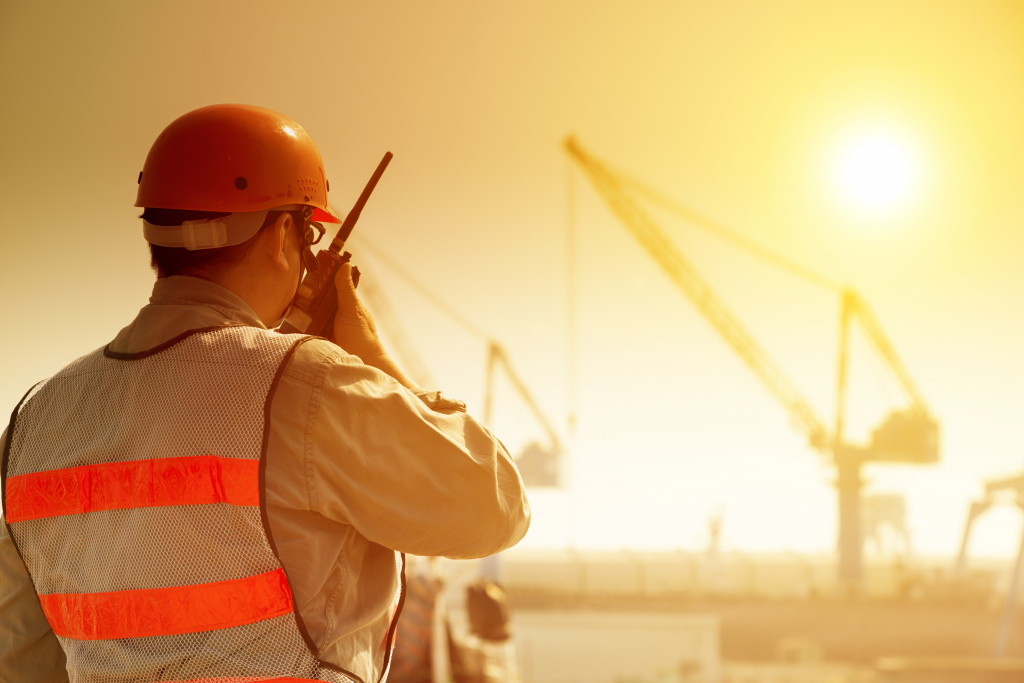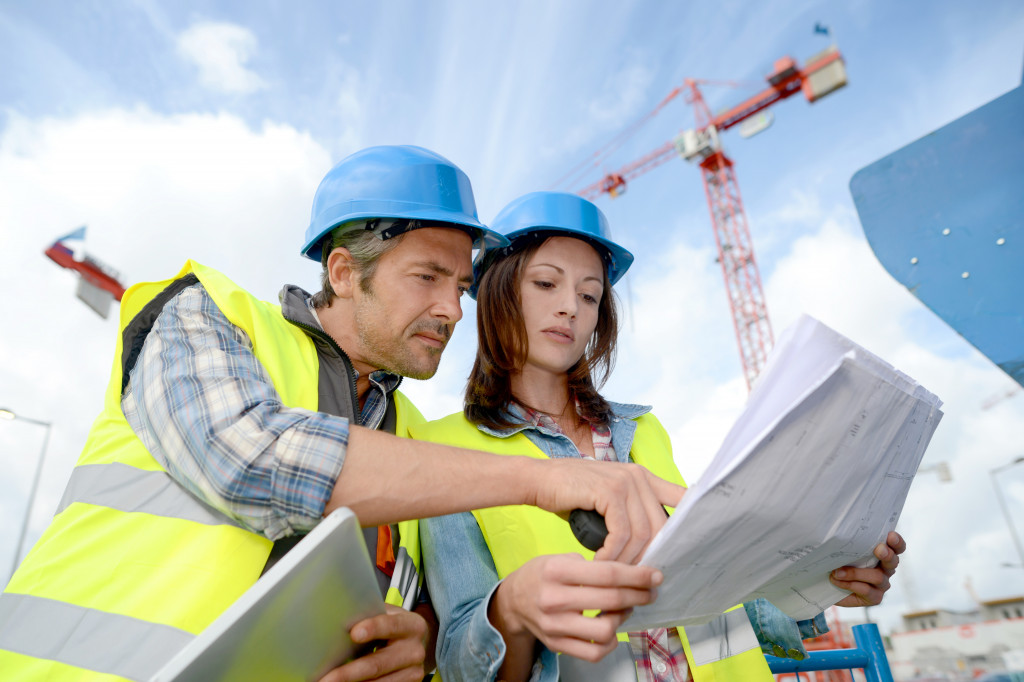- Safety is crucial in construction projects to protect workers from potential hazards.
- Safety should be ingrained at the planning phase of a project, with comprehensive guidelines and risk mitigation strategies.
- Workers must receive proper training and education on safety measures and equipment usage.
- Regular site inspections and audits help identify potential hazards before they escalate into real threats.
- High-quality protective gear and equipment, such as hoists and winches, ensure worker safety.
In the building and construction world, nothing is more vital than the safety and well-being of the workers on the front lines of every project. Construction sites are bustling with various activities that, while necessary for building, pose significant risks if safety measures are not thoroughly implemented.
From working at towering heights to handling heavy machinery, construction workers face potential hazards daily. Understanding these risks underscores the immense importance of adopting and rigorously implementing safety measures in construction projects.
Prioritizing Safety from the Ground Up
Before construction begins, safety must be ingrained at the very core of any project’s planning phase. This foundational step involves creating comprehensive guidelines prioritizing the health and well-being of every worker involved in the project.
It’s not just about following legal requirements; it’s about building a culture of safety where each individual understands the value of their role in maintaining a hazard-free environment. Creating this culture begins with meticulous planning.
Every phase of the construction process is mapped out, with potential risks identified and strategies developed to mitigate them. This isn’t a cursory glance at what might go wrong; it’s an in-depth analysis considering various scenarios and what-if situations.
Training and Education for Workers
The construction workers’ education and training are integral to fostering a safety culture. It’s not enough for workers to just have their protective gear and follow the rules. They need to understand the reasons behind each regulation, the potential hazards of not following them, and the proper use of safety equipment. This understanding is fostered through rigorous training programs that don’t just tick boxes but engage workers comprehensively.
Implementing Protective Measures on Site

Once the foundation of safety culture is established through planning and education, the focus shifts to the physical safety aspect of the construction site. Here, protective measures are not just about guidelines but involve tangible actions and tools that guard against the daily risks construction workers face. One of the most visible aspects of this protection is the workers’ gear.
The importance of protective gear cannot be overstated. Helmets, for instance, are not merely part of a uniform but are crucial for safeguarding against head injuries from falling objects. Safety harnesses are a lifeline for those working at heights, preventing falls that could be fatal.
Regular Site Inspections and Audits
Construction sites must undergo regular inspections and audits to maintain the highest safety standards. These are systematic checks of the work environment and procedures to ensure that safety protocols are strictly followed. Routine inspections help identify potential hazards before they escalate into real threats, allowing for preventative actions instead of reactive measures.
Utilization of High-Quality Equipment
In the realm of construction safety, the quality of the equipment used is as significant as any protective gear or safety training. For tasks involving lifting and transporting heavy materials, for instance, using high-quality hoists and winches is paramount in ensuring the safety of workers.
These powerful tools are designed to handle large loads with precision and control, minimizing risks of accidents and injuries caused by mechanical failure or human error. When made to high-quality standards, these tools ensure the secure handling of heavy loads, preventing accidents that can occur from manual lifting or from using equipment that might fail under stress.
Emergency Preparedness and Response
Despite all preventive measures, the nature of construction work means that an unexpected incident is always possible. This uncertainty makes emergency preparedness and response systems indispensable on any construction site.
Preparedness involves a spectrum of strategies, from having a well-defined emergency response plan to ensuring easy access to first aid facilities, all aimed at mitigating the impact of accidents should they occur.
Communication is Key

Amid the chaotic environment of a construction site, clear and effective communication becomes a safety measure in itself. It’s not just about being able to report hazards or accidents; it’s also about maintaining constant communication lines that keep everyone informed about the state of the site’s operations. This communication is facilitated through radios, designated signals, and even simple, loud verbal commands when necessary.
The Bottomline
Safety measures in construction projects are multifaceted, involving a blend of proactive strategies and responsive planning. From establishing a safety culture through training and high-quality equipment to developing comprehensive emergency response strategies, these measures collectively create an environment where each worker’s safety is the highest priority. It’s a continuous commitment, demanding constant vigilance and the understanding that protocols must evolve as the industry does.









